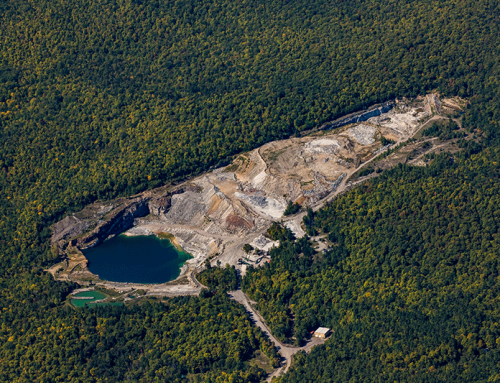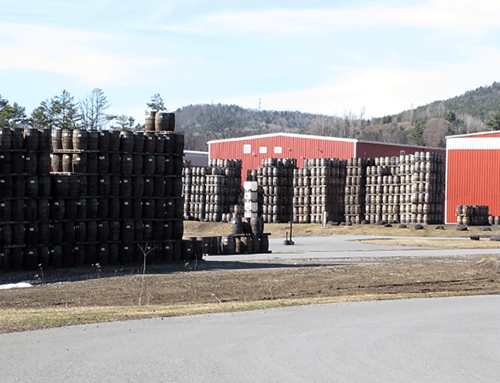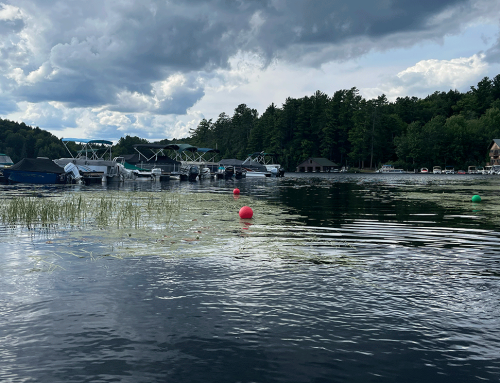Statement from Protect the Adirondacks and the Sierra Club on an Appeal of the Appellate Division, 3rd Department, Decision on the Adirondack Park Agency’s Approval of the Adirondack Club & Resort Project
Protect the Adirondacks, Sierra Club, and a neighboring landowner have submitted a motion seeking leave to appeal the July 3, 2014 Appellate Division, 3rd Department, decision rejecting their legal challenge to the 2012 approval by the Adirondack Park Agency (APA) of the 6,000-acre Adirondack Club & Resort project in Tupper Lake, the largest development ever approved by the APA. The motion was made in the Appellate Division, 3rd Department, in Albany. The return date for the motion is August 18th. If the Appellate Division denies this motion, Protect the Adirondacks and Sierra Club plan to make a similar motion to the Court of Appeals, as provided for under the applicable rules of procedure.
Protect the Adirondacks and Sierra Club strongly disagreed with the Appellate Court decision. The Protect the Adirondacks and Sierra Club lawsuit primarily focused on the approval by the APA of 80 “Great Camp” lots spread widely throughout lands classified as Resource Management under the APA Act. The court’s decision did not examine the failure of the APA to uphold the APA Act for development of lands classified as Resource Management. If the Appellate Court decision is upheld, it will create a ruinous precedent that will negatively impact hundreds of thousands of acres classified as Resource Management across the Adirondack Park.
Another principal objection is that the Appellate Division erred when it held that the Adirondack Park Land Use and Development Plan of the APA Act is merely guidance to APA and is not binding on the APA, despite the plain language of the statute to the contrary. This reverses 40 years of legal practice at the APA and accords APA decision-makers with vast opportunities to issue permits with little justification.
The Appellate Division also erred when it held that APA’s reliance upon post-approval studies of adverse impacts to wetlands and wildlife, which have not yet been conducted, as grounds for approval of the project, was not arbitrary and capricious.
The Court also did not examine the APA’s reliance on materials that illegally supplemented the hearing record to make its decision. The Court also failed to examine ex parte communication issues.
The timetable for such motions is relatively quick. Final resolution of this motion, and a potential similar motion to the NYS Court of Appeals, is expected within six months. At this time the ACR developers do not yet have final APA permits. Nor have they secured permits from the Department of Environmental Conservation and US Army Corps of Engineers, or necessary approval from the Office of the Attorney General.
Click here to review the Memorandum of Law
Click here for Letter to the Court Clerk
Click here for the Notice of Motion to Appeal
Click here for Affidavit by Attorney





